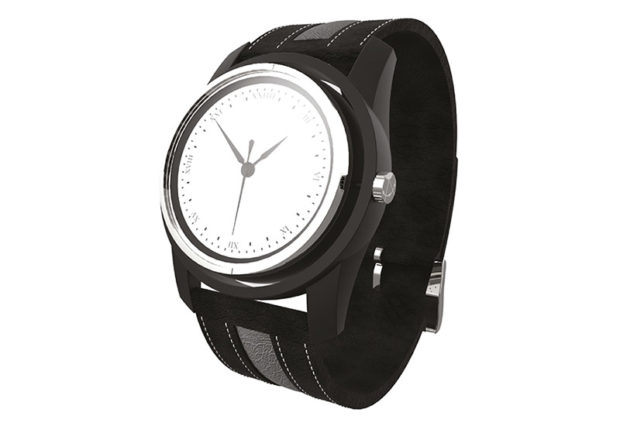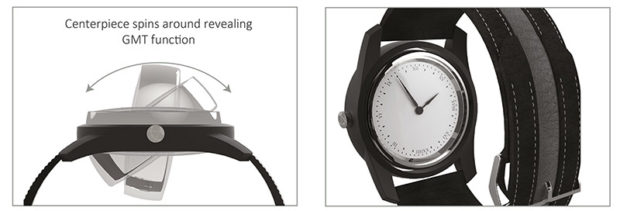 Ancient mariners used a number of different tools to navigate the oceans and seas before the advent of modern technologies such as computers, GPS and radar. The marine chronometer, used to determine time and longitude, was among those starting in the mid to late 18th century. Its use was greatly simplified by the establishment of Greenwich Mean Time, named after the city where British ships would stop to check their chronometers against the Royal Observatory’s own clock and time ball. A brief calling for “a mechanical wristwatch inspired by thinking” led Ireland’s Rob Crowe to use these chronometers as inspiration for his Observer GMT traditional watch concept.
Ancient mariners used a number of different tools to navigate the oceans and seas before the advent of modern technologies such as computers, GPS and radar. The marine chronometer, used to determine time and longitude, was among those starting in the mid to late 18th century. Its use was greatly simplified by the establishment of Greenwich Mean Time, named after the city where British ships would stop to check their chronometers against the Royal Observatory’s own clock and time ball. A brief calling for “a mechanical wristwatch inspired by thinking” led Ireland’s Rob Crowe to use these chronometers as inspiration for his Observer GMT traditional watch concept.

At the heart of the Observer GMT is a swiveling centerpiece with two dials. One side sports a 24 hour dial. The second features a marine chronometer. Pulling on the crown frees the rotating mechanism, allowing it to spin around to reveal the GMT function when needed. Both watch faces are inspired by the 24 hour clock found at Greenwich and feature a stark white dial with black indices and hands. A custom 24 hour double barreled manual wind mechanical movement powers the timepiece.

The Royal Observatory’s domed roof also inspired the outer ring of the timepiece.
Three finishes could be offered for the Oberserver GMT: A DLC finish on both inner and outer case elements, a polished stainless steel inner case with a DLC outer one, or polished stainless steel for both. It would be complemented with a black leather strap with a grey centre line that “represents the prime meridian and symbolises the line passing through Greenwich.”
As interesting as the concept is, watches with dials on both side of the case already exist. The Jaeger-LeCoultre Reverso is but one example of such a real life example.
Source : Behance
